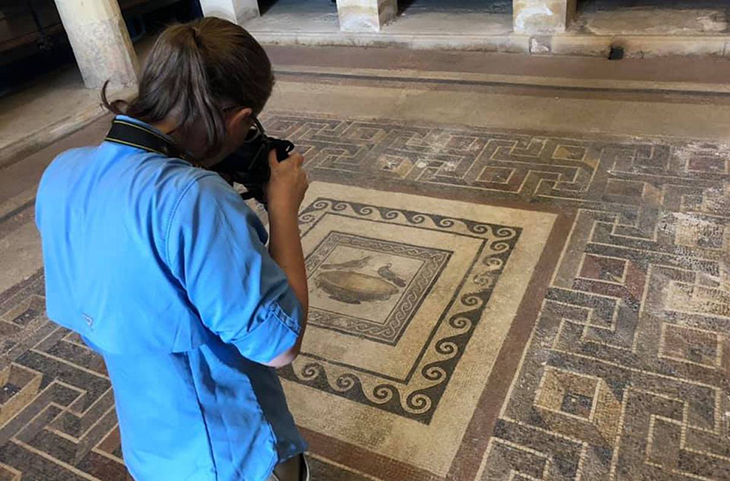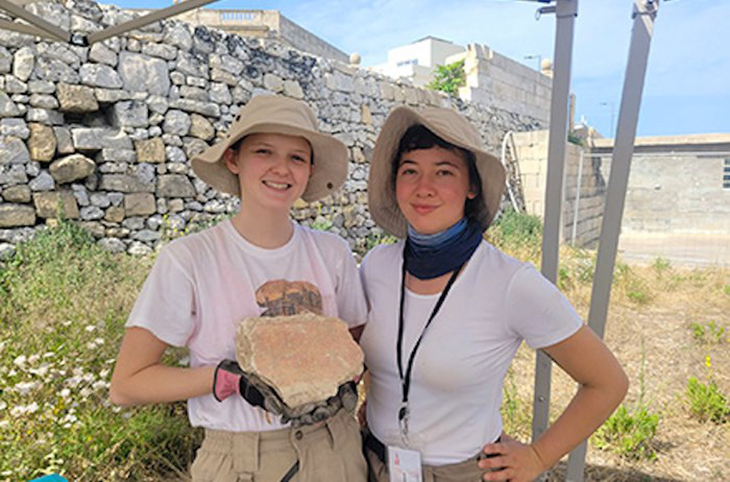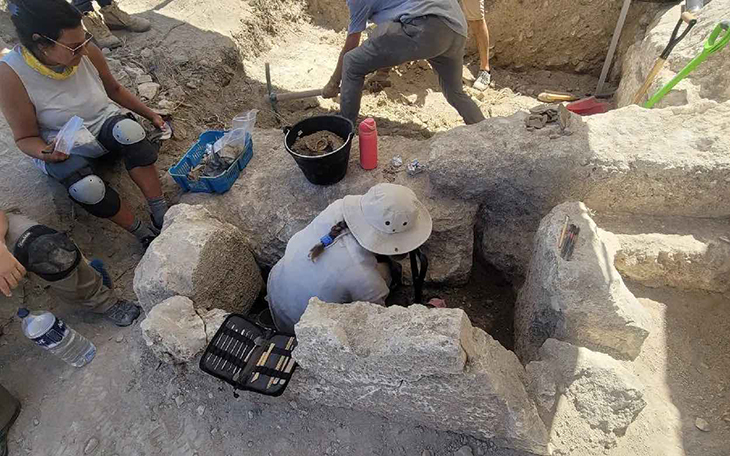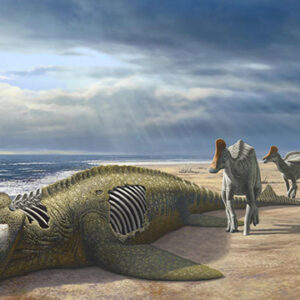
During an excavation in Malta, a research team from the University of South Florida made an amazing discovery. They round an incredibly well-preserved 2,000-year-old house that once belonged to an affluent family.
This exciting find sheds light on life in Malta 2,000 years ago when the Romans ruled over the island, which served as a pivotal hub for military operations and maritime trade.
Situated in the heart of the ancient city of Melite, this opulent mansion, commonly referred to as a Roman Domus, had been concealed beneath layers of soil for centuries.
Davide Tansai, professor and director of the University’s Institute for Digital Exploration (IDEx), who led the team of six students, said, “In use between the 1st century BCE and 2nd century CE, the Domus was elegantly decorated with mosaic floors, wall frescoes and marble decorations. During the Roman Empire, it was certainly used as a residence by a representative of the emperor or some very wealthy individual very close to the imperial court.”
Following a summer of painstaking excavation, artifact processing, and cleaning, the team unveiled a portion of an adjacent house, previously unknown, boasting walls that reached an extraordinary height of nearly 10 feet. This was quite uncommon from the typical Roman residential units normally found in the Mediterranean region.

In their quest to uncover the identity of the house’s owner and gain insights into what life was just a block away from the domus, the team scrutinized the artifacts they unearthed. These artifacts provided interesting clues, hinting at an opulent interior adorned with terracotta floor tiles, frescoed plasters, and an ancient waste disposal system brimming with fragmented pottery, glass vessels, animal bones, and charcoal.
“It was literally the garbage disposed by whomever lived in the house. By studying this deposit, we will learn a lot about the life of who lived in the house. It is surprising how much you can learn about people from their garbage,” Tanasi said.
Meanwhile, Angela Costello, a USF doctoral student who has been uncovering “amazing Roman structures” in the Melite Civitas Romana, said, “Malta is critically understudied despite being a wealth of fantastic archaeology and history from antiquity.”
And as for Sarah Hassam, she shares that another person’s trash has indeed proven to be a treasure. “The most exciting moment for me was during our third week, while cleaning pottery, a small fragment I had been scrubbing revealed the engraved letters D-A-O-I, a possible hint for somebody’s name. Everyone was pumped and shared theories,” she said. Hassam is also a USF ancient history graduate student.

The research team has been granted an extension to continue their excavations in the Roman Domus district until 2025. Next summer, the organization leading the project, IDEx, plans to look deeper into the newly discovered house, hoping to uncover even more information about the identity of the owner.
For students interested in archaeology and history, there are opportunities to intern and volunteer with IDEx, providing a chance to engage in similar projects and gain hands-on experience in the digital aspects of these fields, including 3D capture and modeling.
What are your thoughts? Please comment below and share this news!
True Activist / Report a typo


